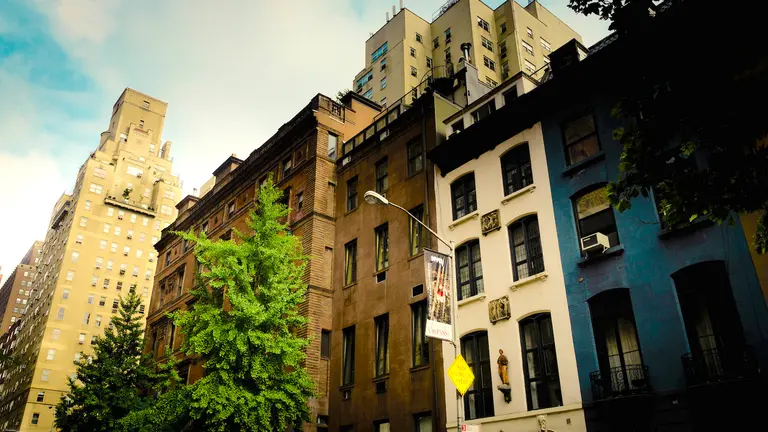
Via Jeffrey Zeldman on Flickr
Where old meets new: Welcoming a new era of developments in Murray Hill
More on Murray Hill

Via Jeffrey Zeldman on Flickr
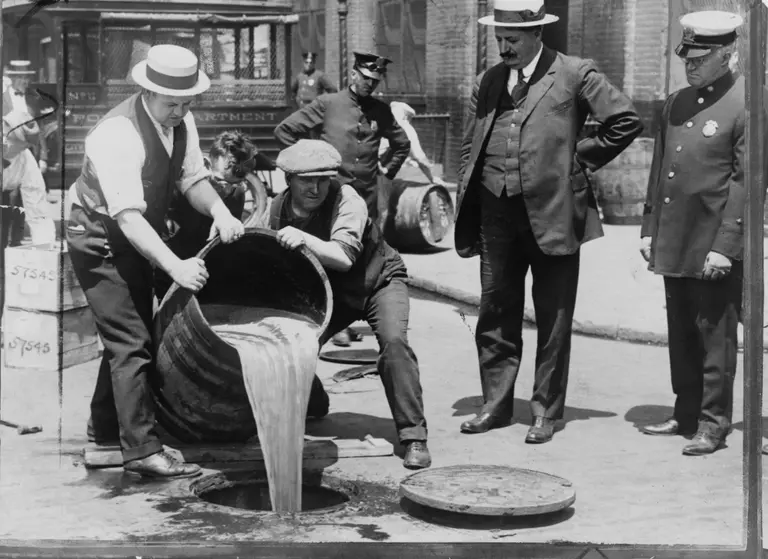
NYC Deputy Police Commissioner John A. Leach watching agents pour liquor into a sewer following a raid; via Wikimedia
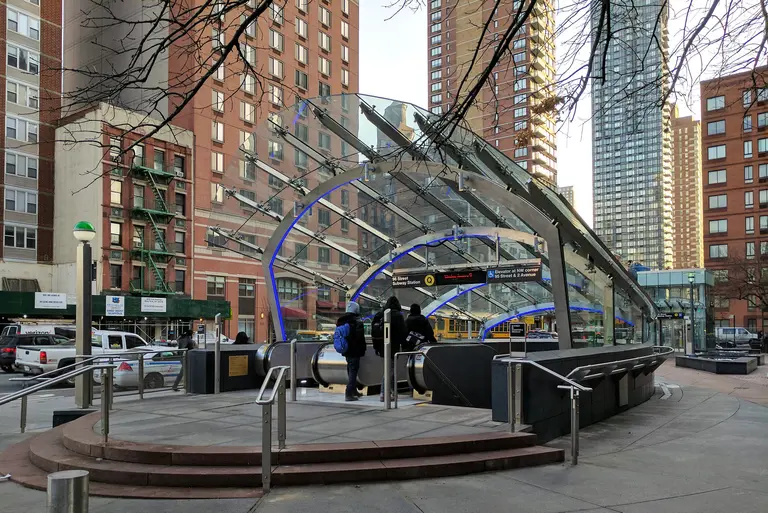
Photo via Flickr cc

Image courtesy of Michael Vadon’s Flickr
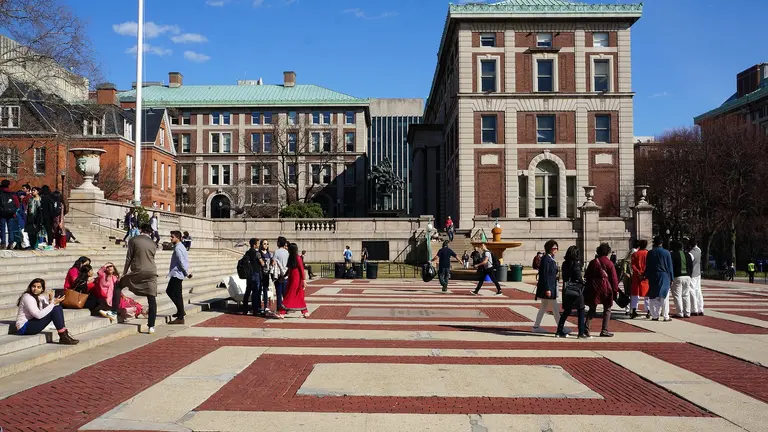
Columbia campus, via Pixabay
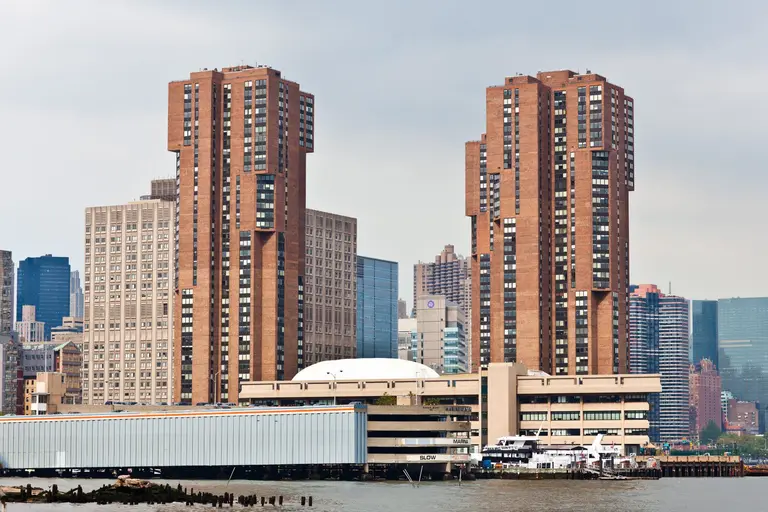
Waterside Plaza, a former Mitchell-Lama Housing Program-funded rental project. Photo via Flickr cc.
A high percentage of working New Yorkers do not qualify for low-income rentals yet still struggle to pay the city’s exceptionally high rents on the private market. While this may seem like a new problem, in fact, it is something legislators and housing advocates have been attempting to resolve for over 70 years. Indeed, this […]
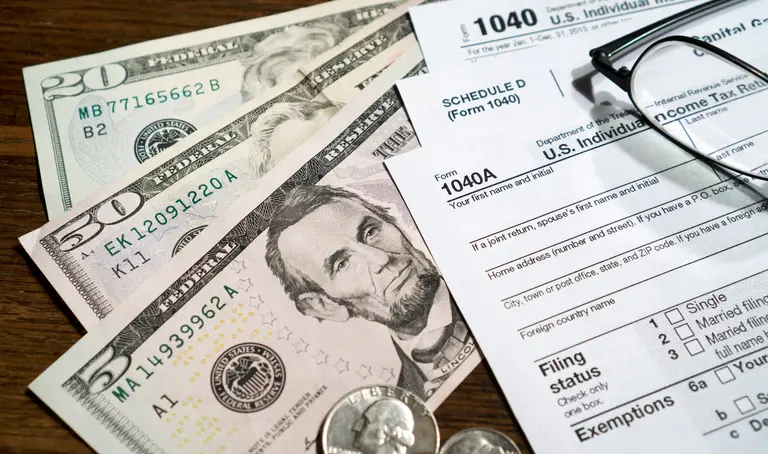
Image via Flickr CC
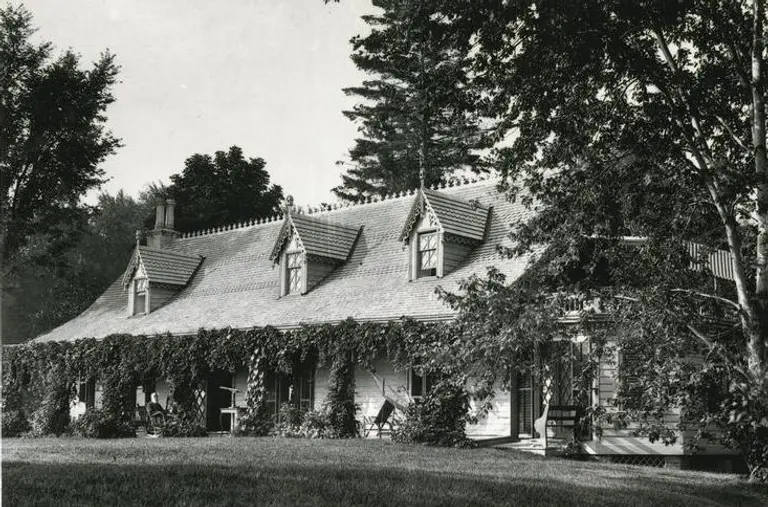
Clear Comfort, the Alice Austen House, photo by Alice Austen, via NYPL
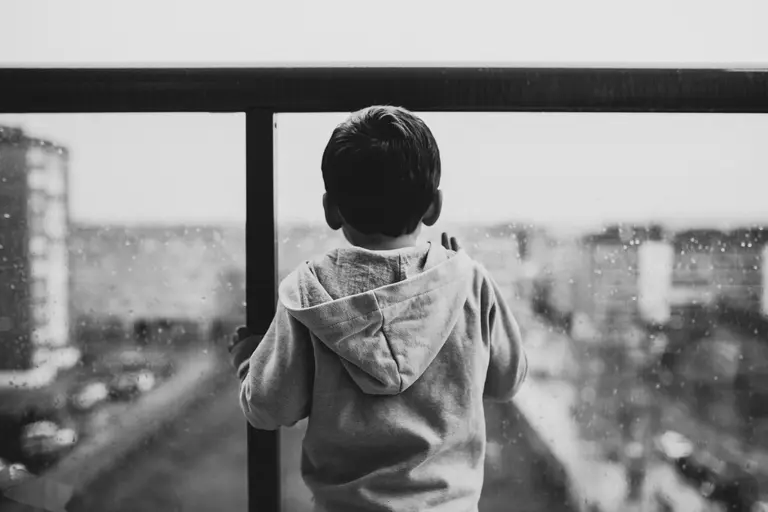
Photo via Pexels
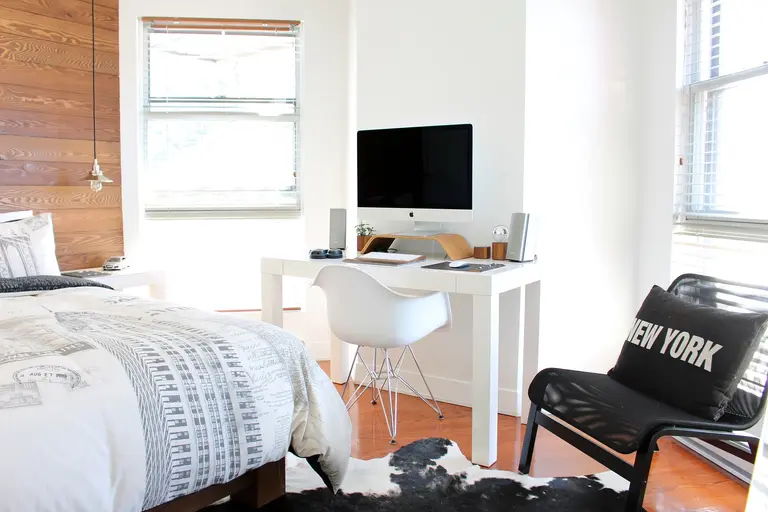
Photo via Pixabay
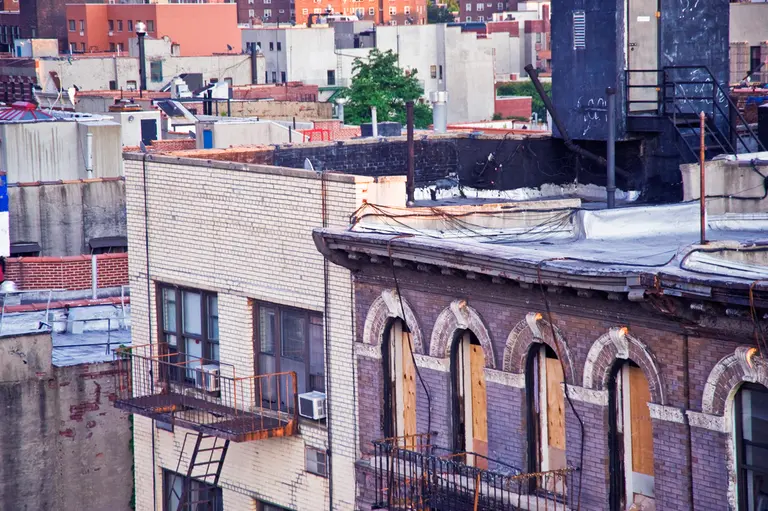
Photo via Felix Castor/Flickr
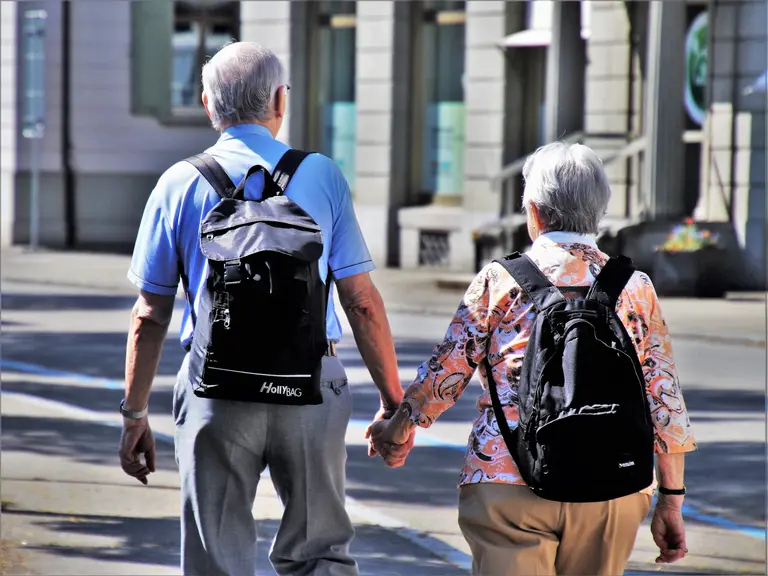
Photo via Pexels
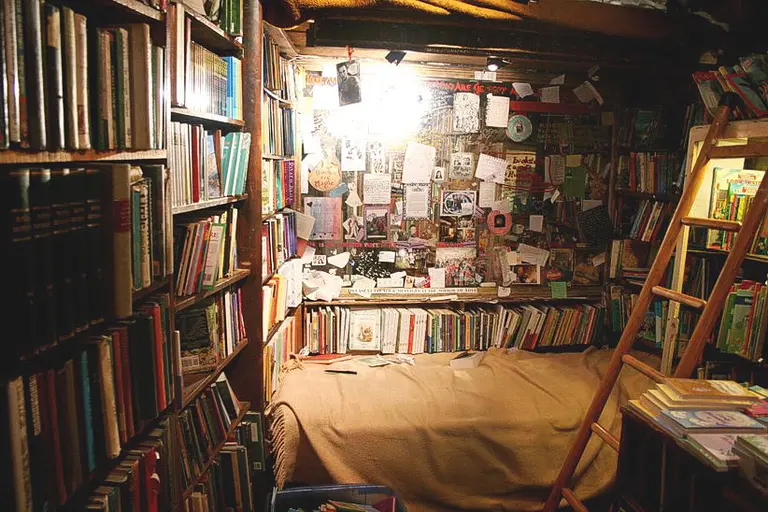
Image by Glynnis Ritchie via flickr
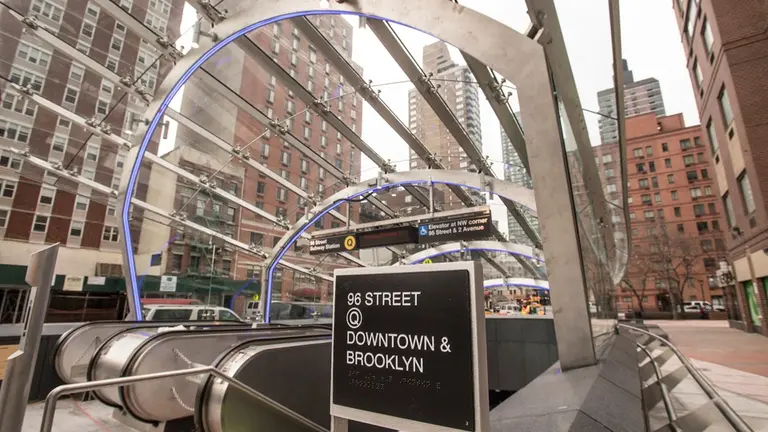
96th Street entrance to the Second Avenue Subway, via MTA/Flickr

Image via Pexels
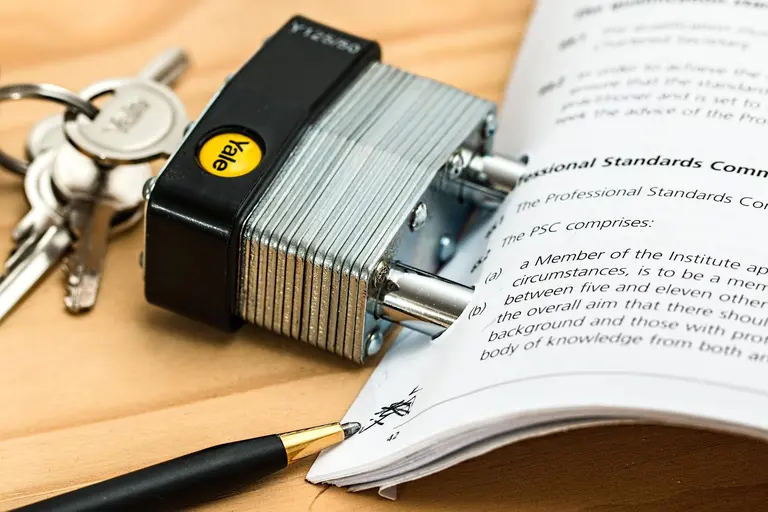
Via Pixabay
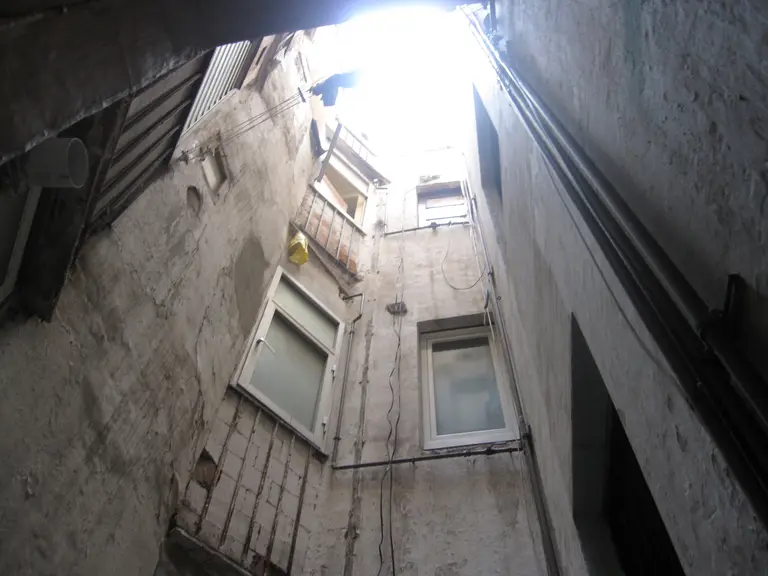
Image by Bikes And Books
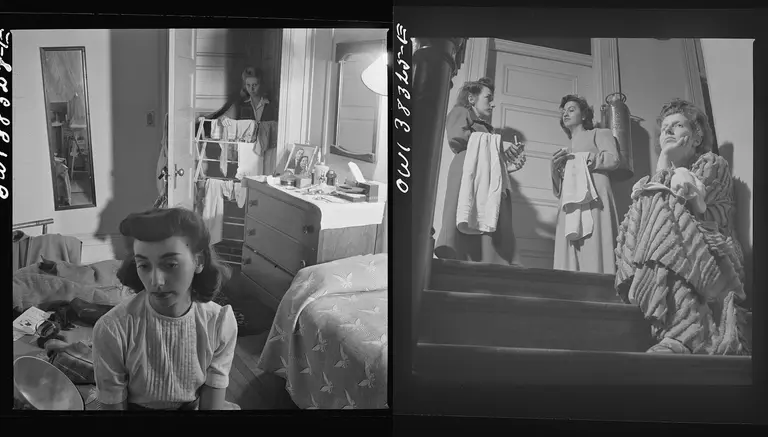
Images by Esther Bubley, 1943. Courtesy of the Esther Bubley Photo Archive